Re:View - Vol. 1
Because the algorithm won’t show you this stuff.
I’ve always had reservations about sharing other people’s work or sources of inspiration on social media like Instagram or Twitter. To me personally it felt like it blurs the line between what I create and what I admire. And honestly, the format of social media today feels chaotic and all over the place (or maybe I’m just getting old).
Still, I often come across things—books, obscure websites, unexpected design artifacts—that I want to share. To create an outlet for that, I started a public Telegram channel earlier this year as an experiment. Alongside my own work, I post things that inspire me on a daily basis. But I’m also well aware that Telegram doesn’t have the broadest reach.
I thought it made sense to start sharing some of it here on Substack as well. That’s what this new section, Re:View, is for. From time to time, I’ll publish a Re:View post collecting design-related references that resonated with me personally or I found very inspiring. These may include:
Design and art books I discover, both in person and in online archives
Unusual and interesting web projects and apps
Crazy and obscure interfaces (Intrafaces)
Things I read on the topic of design including books, articles and research
Tools, videos, and other bits worth saving
Most of what I share won’t be new or just-released. In fact, much of it surfaces from the quieter, weirder corners of the internet. Looking at the list I’ve gathered so far, it feels a bit like digging through a garage sale hosted by a designer. Hopefully, you’ll find something useful—or at least unexpected.
I’ll still continue writing essays here. In fact, one called “Designing That Doesn’t Begin with a Goal” is almost ready and should be coming soon.
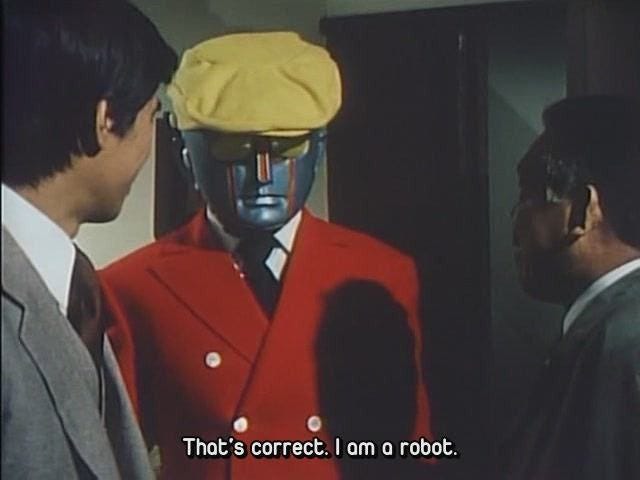
Are We to Read Backwards?
James Millington’s 1884 publication, Are We to Read Backwards?: Or, What Is the Best Print for the Eyes?, by the Leadenhall Press in England, is a fascinating early exploration into readability research. Millington posed an interesting question: could reading be made faster and more efficient if text followed a snake-like pattern? In this arrangement, the reader’s eyes wouldn’t need to jump from the end of one line back to the start of the next. Instead, the text would flow continuously—left to right → on one line, then ↩︎ right to left ← on the next one.
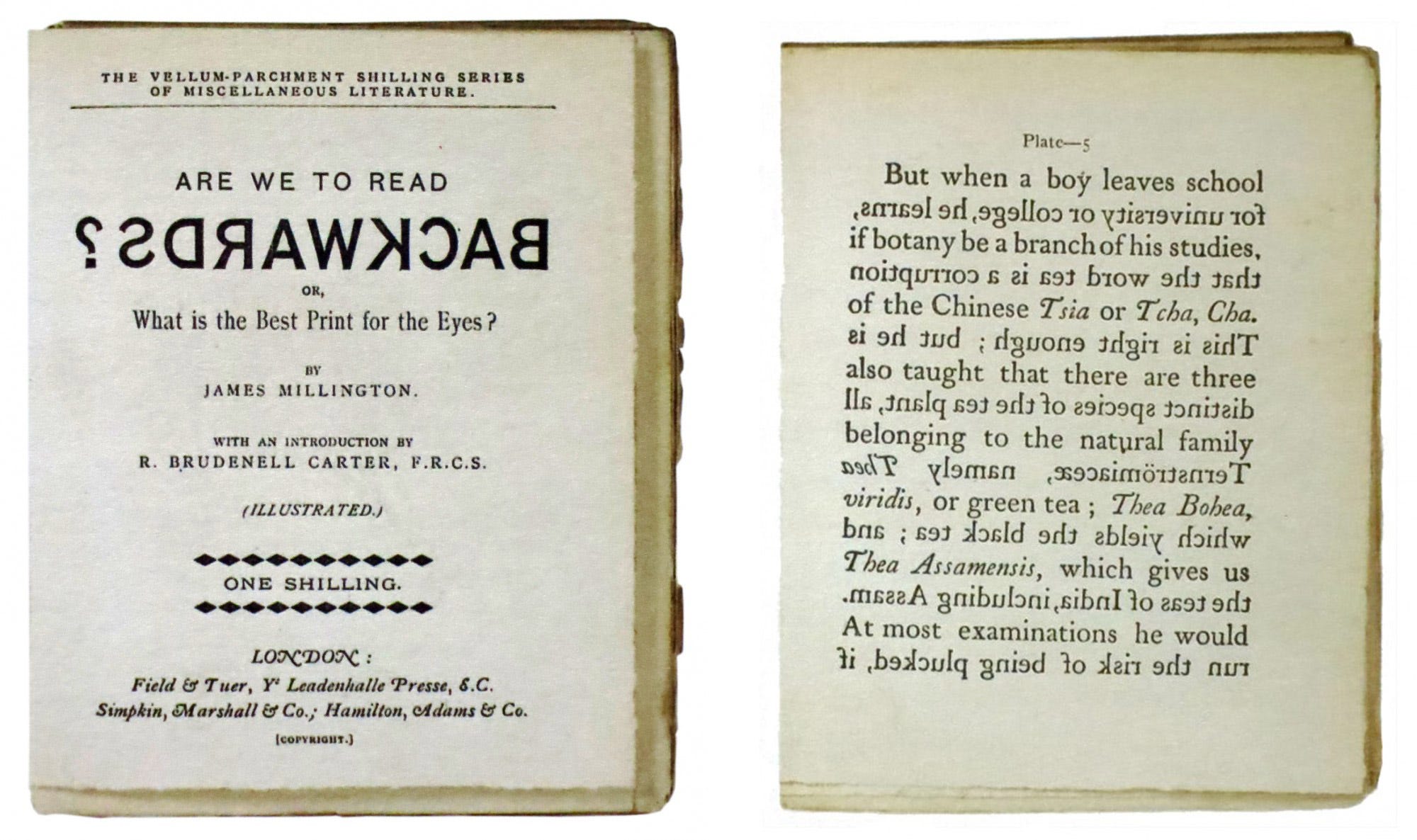
What if this approach had been proven superior? Imagine how our reading experiences—and interfaces, such as the iPad Books app—might look today. I made a mockup of Apple Books app just to illustrate that.
The Origins of Opening Title Sequences
While reading Digital Design: A History by Stephen J. Eskilson, I came across an interesting story about the origins of opening title sequences in film. I’ve always known Saul Bass’s iconic title sequences from Hollywood, but I hadn’t realized he was the first who turned intro titles into a “thing.” And as obvious as it might sound, the idea came from animating one of his movie poster designs—essentially bringing it to life as a dynamic sequence to be shown before the film.
"… Dawes soon discovered the stunning work of Saul Bass, who is largely credited with having made the first movie titles intended to be viewed by the audience. In 1952–55 Bass was working with film director Otto Preminger on some illustrated graphics for the new movie The Man with the Golden Arm. At some point in the process, Bass and Preminger hit on the idea of animating the print graphics and turning them into something that could set the stage for the film itself. The Man with the Golden Arm was a film about heroin addiction starring Frank Sinatra, and Bass’s flat drawing of a jagged arm, a reference to the physical act of injecting drugs while also alluding to a Pietà-like suffering and martyrdom, became emblematic of the film. Bass had managed to distill the essence of the story in a way that caught the attention of Hollywood and launched his new career as a title designer, whereby he famously produced work for Alfred Hitchcock, Stanley Kubrick, and Martin Scorsese."

Airbrush Art In Japan 2
There’s an amazing bookstore in Kailua called Bookends that I visit every time I’m on Oahu. The store specializes in second-hand books and old titles from the Honolulu library, all at very affordable prices. It also has a great selection of Japanese books and magazines. This January, when I was there last time, I scored a fantastic find—Airbrush Art in Japan Volume 2 (1986)—for just $14.
The introduction to the book is also amazing:
No one will suspect that currently the airbrush technique of Japanese illustrators have been counted on the fingers of a single hand in worldwide. Not only technique, their keen sense toward design, vivid touches, superior coloring are all amazingly progressed. Continued from the previous edition "AIRBRUSH ART IN JAPAN" in September 1984, in respond to many requests to publish its part 2, this book includes more recent works by 23 talented illustrators and fine art painters.



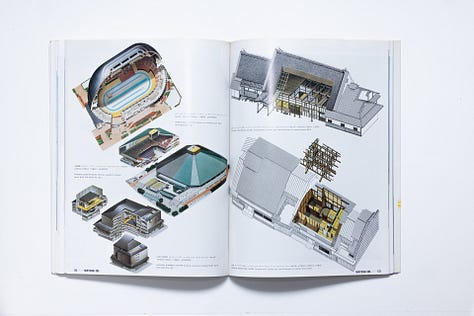

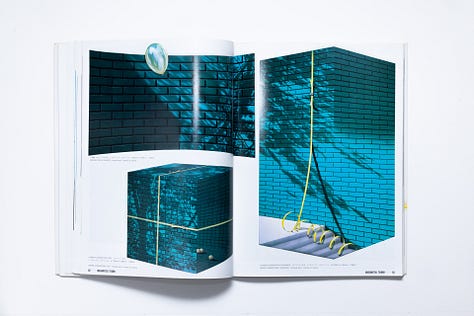

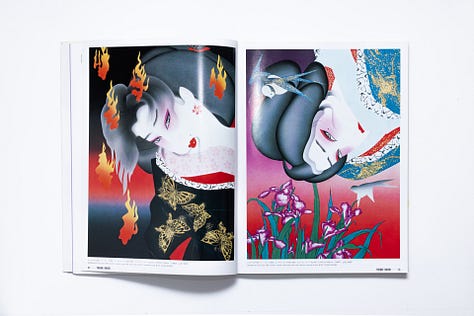
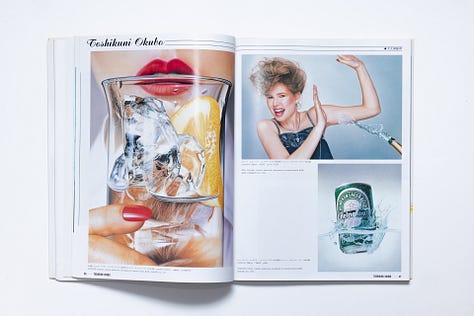
Shade Map
shademap.app is an amazing website that simulates the sun's movement over maps, accurately rendering the position of shadows cast by buildings and mountains. Super useful for planning photography, especially when exploring a new location.
Christoph Hänsli “Mortadella”
One of the coolest books on my shelf is this piece of work by Christoph Hänsli, a Swiss artist and painter. "Mortadella" is a series of 332 small paintings, each depicting a life-sized slice of sausage.
Published by Edition Patrick Frey, Zurich, 2008.
ISBN 978-3-905509-71-7
General Magic (2018)
If you’re looking for something inspiring—especially if you’re interested in interface design—I highly recommend the documentary ”General Magic”, currently available to watch on YouTube.
The documentary General Magic tells the fascinating and inspiring story of a little-known Silicon Valley startup from the 1990s that developed groundbreaking technology far ahead of its time. General Magic was a spin-off from Apple, and its team included some of the most brilliant minds in tech history, such as Tony Fadell (creator of the iPod), Andy Hertzfeld (one of the original Macintosh team members) and more members that went on and founded tech companies that we all know today.
The company’s ambitious goal was to create a handheld personal communicator, which essentially envisioned the modern smartphone decades before it became a reality. They developed revolutionary ideas such as touch screens, emojis, app stores, and wireless communication—concepts that would later become the backbone of today’s mobile technology.
Pacific (1978)
Since I got a record player a few years ago, I’ve come to know all the vinyl shops around my neighborhood in Brooklyn—and there’s no shortage of them.
This January, I found an incredible record in perfect condition: Pacific—a 1978 album of instrumental compositions by Japanese musicians Haruomi Hosono, Shigeru Suzuki, and Tatsuro Yamashita. It’s the perfect soundtrack for cold winter days. It’s also available on Spotify.
Imagine a world where there’s no “undo” button.
But you can always subscribe to this journal and undo it any time you want.





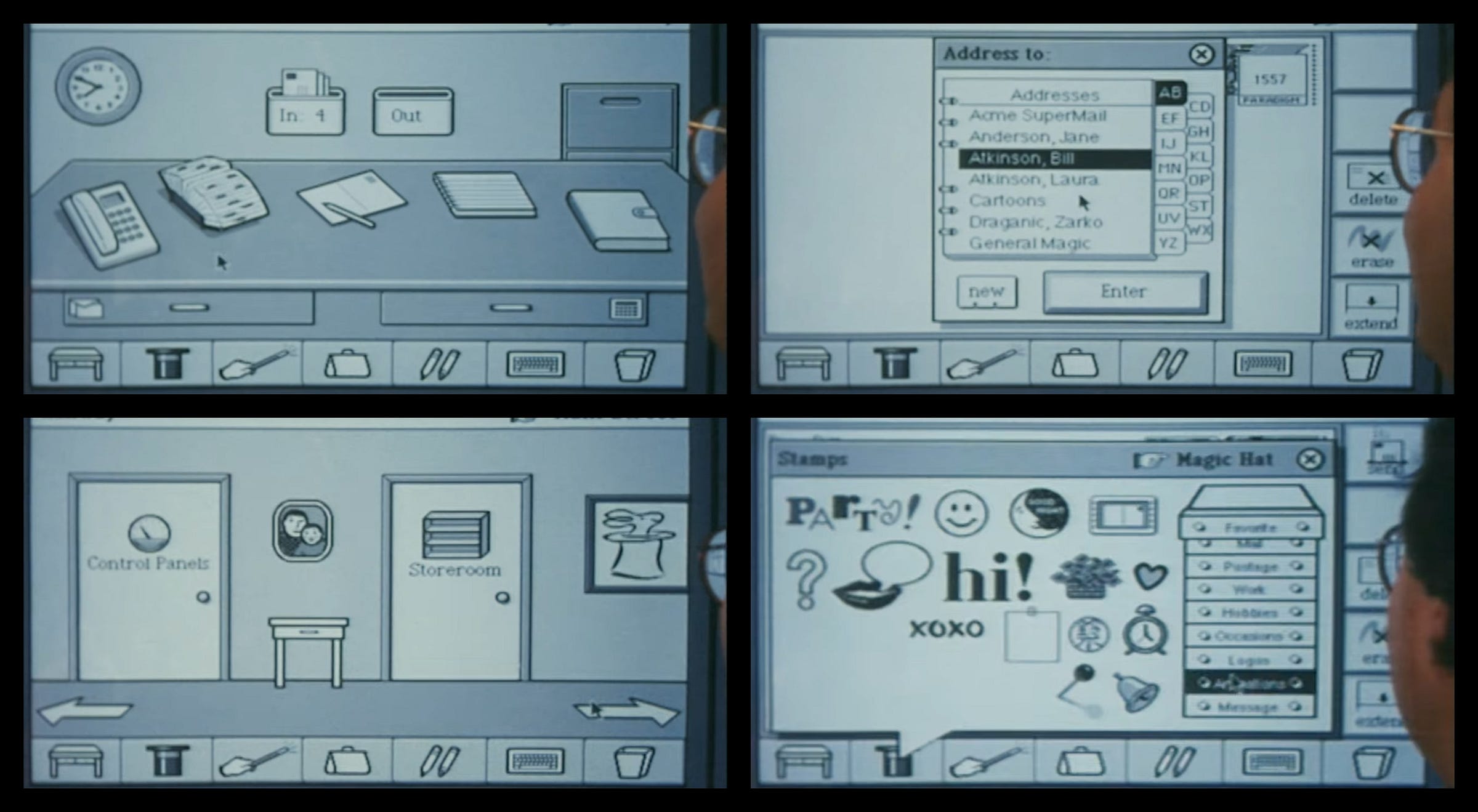
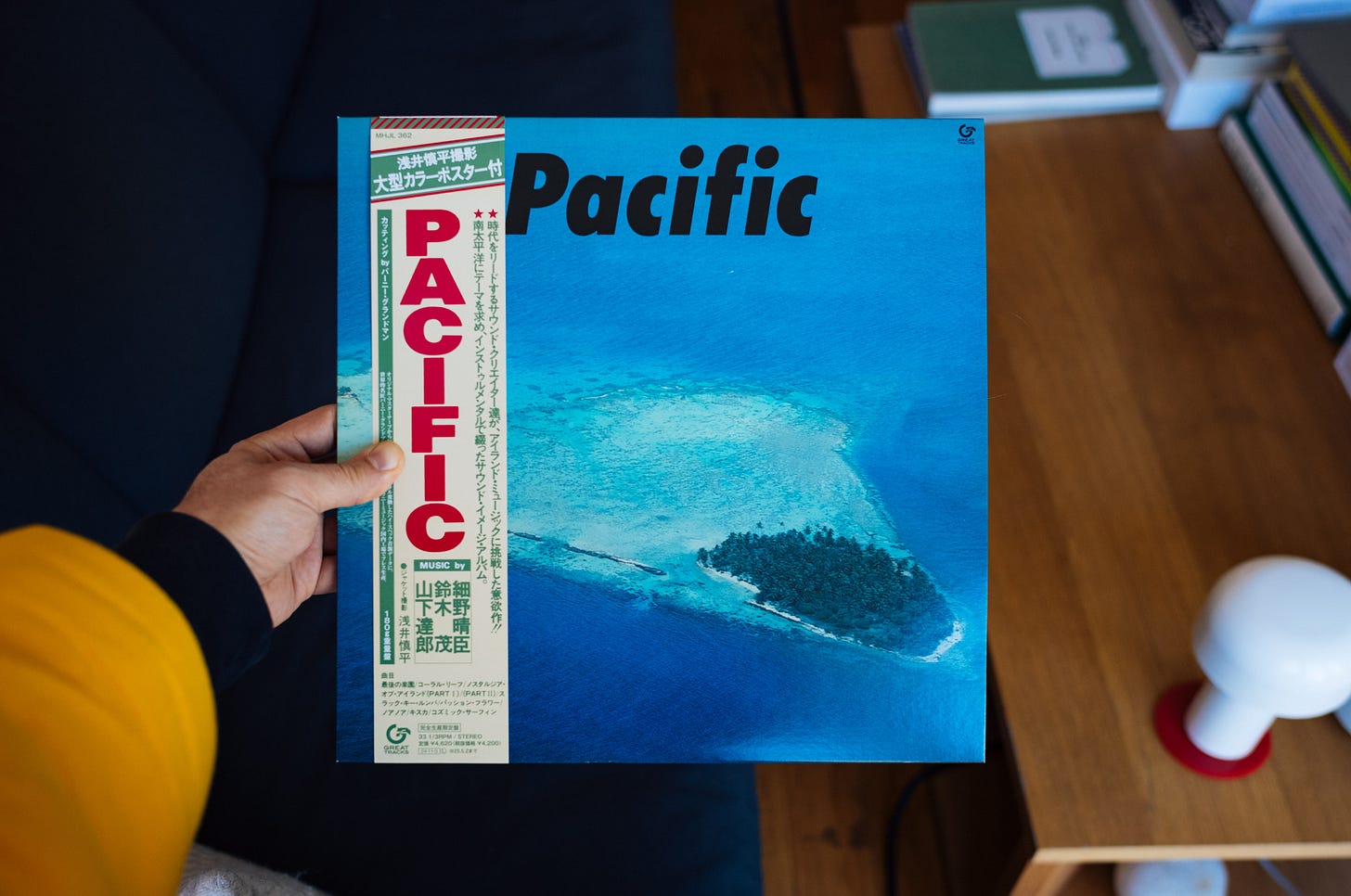

Love this! Reminds me of the Mortadella Focaccia sandwich recipe I adapted from L.A.-based Roman cuisine restaurant Mother Wolf for easy home cooking!
check it out:
https://thesecretingredient.substack.com/p/recreating-evan-funkes-la-mortazza